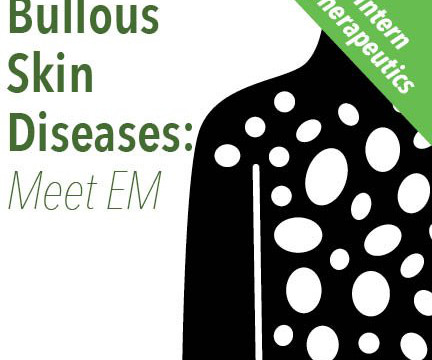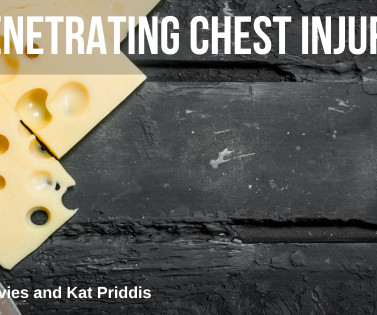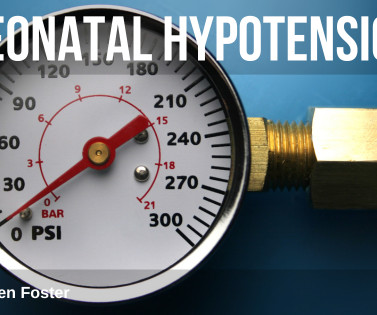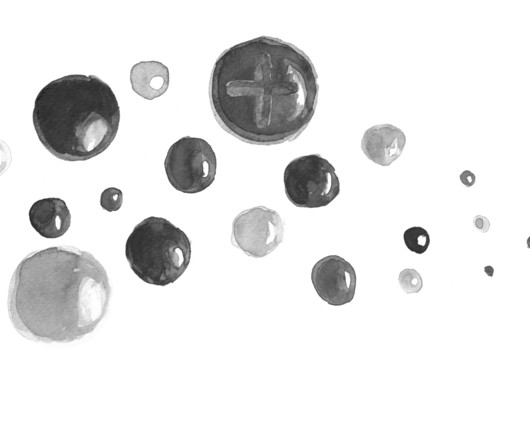Fetal Growth Restriction and Small for Gestational Age Babies
Don't Forget the Bubbles
JUNE 19, 2023
Fetal Growth Restriction (FGR) and dysmaturity are common in neonatology and are a leading cause of morbidity during the neonatal period, as well as later in life. Hypothermia should be prevented both directly after birth (this includes considering the use of polythene bags in very small neonates born >32 weeks) and during admission.
























Let's personalize your content